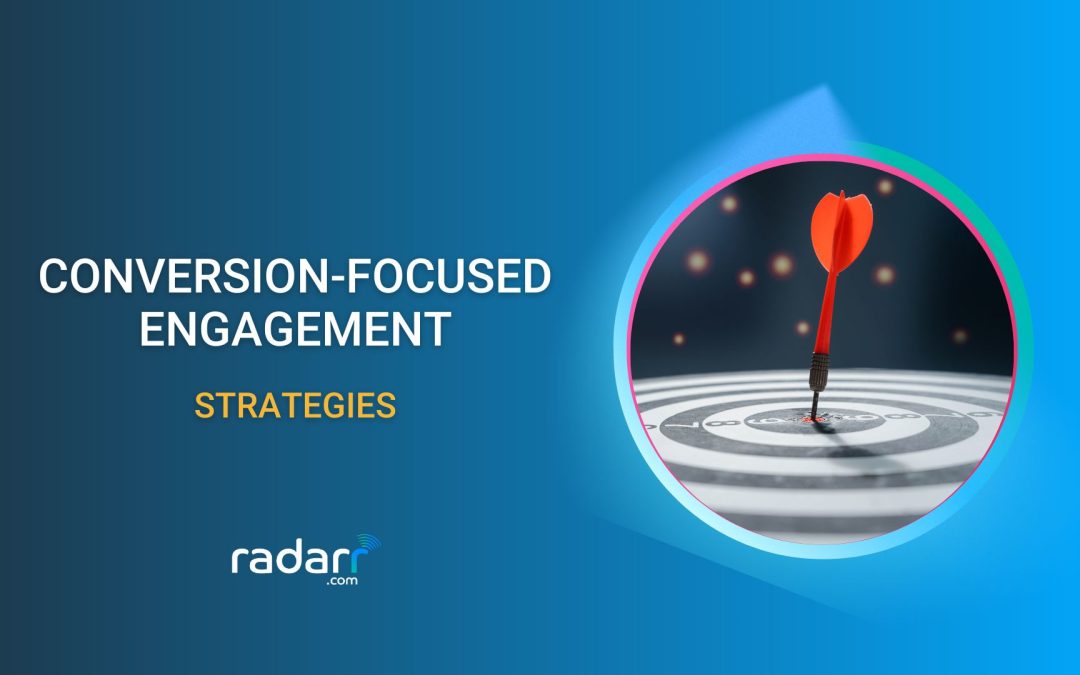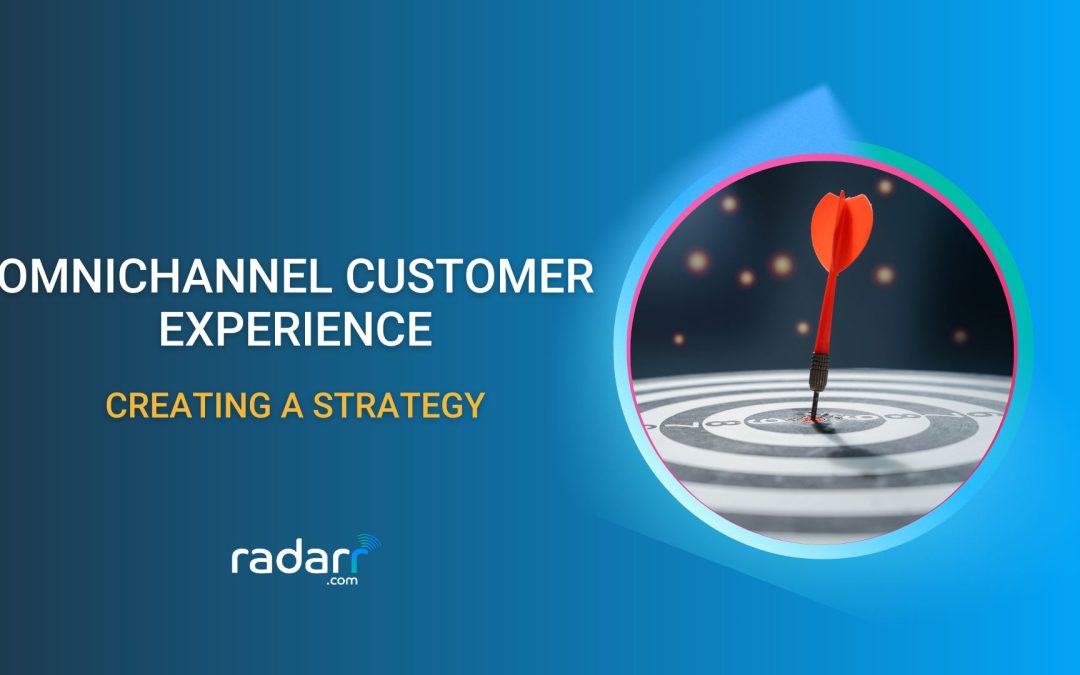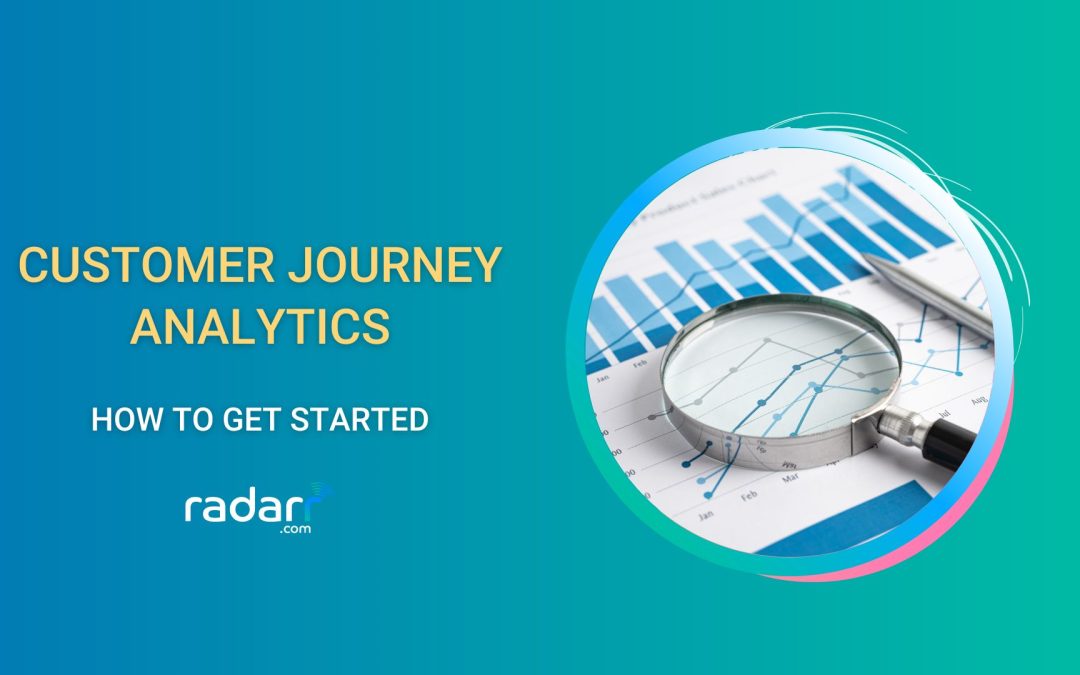You got your first 10k followers – that’s awesome! Now you have increased the CTR on social media, you are driving more sign-ups – the list of things you can achieve on social media platforms is endless. You can keep hustling and strive for better results.
However, an effective strategy is essential in the constantly changing social media landscape.
No matter how well-planned your approach is, the need for constant improvement can quickly exhaust your resources and deplete your team’s energy.
This is where social media benchmarking plays a crucial role. It lets you compare your performance with industry standards, giving you valuable insights to improve your strategies efficiently.
What is social media benchmarking?
Social media benchmarking involves comparing your performance metrics against industry standards or competitors. It goes beyond a social network’s built-in analytics, offering a deeper understanding of your brand’s position in the digital sphere.
Why is social media benchmarking important?
In today’s cut-throat world of social media, more than simply sharing content is required. To succeed, you have to adopt a strategic approach informed by industry standards and insights into your competitors. This is where social media benchmarking comes into play. Let’s explore why it is so important for businesses:
1. Performance evaluation
Benchmarking allows businesses to assess their social media performance against industry standards or competitors. This evaluation provides a clear picture of how well a brand is faring in the digital landscape, offering insights into areas of improvement.
2. Strategic decision-making
By comparing social media metrics, organizations can make informed and strategic decisions. This includes adjusting content strategies, refining posting schedules, or allocating resources more effectively based on what works well within their industry.
3. Competitive edge
Understanding how a brand measures up against competitors is crucial for gaining a competitive edge. Benchmarking identifies areas where a brand can outperform competitors, enabling them to tailor differentiation and market leadership strategies.
4. Setting realistic goals
Social media benchmarks help in setting realistic and achievable goals. Instead of arbitrary targets, businesses can align their objectives with industry averages, ensuring that goals are both ambitious and attainable.
5. Improving engagement and reach
Insights from benchmarking can guide businesses in enhancing engagement and expanding their reach. Understanding what performs well in a specific industry allows for creating content that resonates with the target audience.
6. Resource optimization
Benchmarking aids in optimizing resources by focusing efforts on strategies proven effective within a particular industry. This prevents resource drainage on approaches that might not yield the desired results.
How to conduct social media benchmarking?
Conducting your social media benchmarking effectively is crucial to maximize your social media presence and drive better results for your business. Here is a step-by-step guide:
1. Analyze your social media needs
To effectively carry out social media benchmarking, performing a thorough assessment of your needs is crucial. This involves identifying your goals and objectives for the benchmarking exercise, such as improving your social media online reputation management.
Social media analytics is an essential tool to help you analyze and interpret social media data, providing valuable insights to help you make better decisions about your marketing strategy.
Are you looking to track progress over a certain period, say, three or six months?
Or do you want to compare your brand’s position within your industry against your competitors?
You may be interested in analyzing the content you’re putting out on social media platforms to determine its effectiveness.
Alternatively, you may seek to evaluate your brand’s performance within the industry. Whatever your objectives, aligning your approach with them is important to ensure the benchmarking exercise is meaningful and delivers actionable insights.
2. Choosing the right benchmarks
To create a successful social media strategy, it is essential to determine the metrics that are pivotal for benchmarking. You can choose general metrics or opt for industry-specific ones depending on your goals.
You need to consider several metrics to show how well your social media is performing.
These metrics include total engagement, which is the sum of all likes, comments, and shares of your content; average engagement, which is the average number of likes, comments, and shares per post; reach/impressions, which measures how many people have seen your content; growth in fans/followers, which indicates the rate at which your audience is expanding; distribution of post types, which shows which types of posts are most effective in engaging your target audience; posting frequency, which measures how often you should post to keep your audience engaged; top-performing posts, which are the posts that received the highest engagement rates; and video views, which are the number of times your videos have been viewed.
3. Selecting social media networks for analysis
Once you have identified your social media needs and goals, choosing the right social media platform is important to reach your target audience effectively. Each social media platform has its own unique features and characteristics, which means that not all social media platforms will be the right fit for your business.
To select the right platform, it’s essential to focus on the platforms where your target audience is most active and engaged. This means you need to clearly understand your target audience’s demographics, interests, and behaviors.
One way to make an informed decision on the right platform is to analyze the data from your competitors’ social media networks. This will help you ensure alignment with your shared target audience. By analyzing your competitors’ social media activity, you can also identify gaps in the market that you can tap into.
Once you have identified the right social media platforms, it’s important to strategically exclude or include certain platforms to ensure efficient use of your resources. This means you must prioritize the most effective platforms for reaching your target audience and focus on creating quality content that resonates with your followers.
4. Crafting actionable insights
Social media has become essential to every company’s marketing strategy in today’s digital age. It allows businesses to connect with customers, develop brand awareness, and promote their products or services.
However, more than just having a presence on social media is required. Companies need to understand how to leverage the vast amount of data generated by these platforms to make informed decisions that lead to improved productivity.
As a social media director, one of your primary responsibilities is to analyze and interpret social media data. This data can come from likes, shares, comments, and overall engagement rates. Using social media analytics tools, you can process and analyze these data clusters to derive valuable insights to help you make better decisions about your marketing strategy.
For instance, you can use analytics to determine which social media channels drive the most traffic to your website or which types of content resonate the most with your audience. This information can help you adjust your marketing strategy, develop more effective content, and allocate your resources more efficiently.
5. Presentation crafting
The benchmarking process involves measuring the performance of an organization’s social media marketing efforts against its competitors and industry standards. Once the necessary data has been gathered, the next step is to analyze it to identify areas of strengths and opportunities for improvement.
Compiling the analyzed metrics into a comprehensive report is an essential aspect of benchmarking. This report provides a detailed account of the organization’s performance, including social media engagement, audience growth, and conversion rates. The report serves as a tangible record of progress, making it easy for clients or managers to understand the results.
Moreover, the report becomes a reference point that provides actionable insights to adapt and enhance future social media strategies. By closely examining the data and identifying areas of improvement, organizations can make informed decisions on how to modify their social media strategies to achieve better results.
What to aim for in social media benchmarking?
When it comes to social media benchmarking, aiming for the right goals is of utmost importance. To ensure that your benchmarks align with your business objectives, you should explore various approaches to goal-setting.
1. Aspirational benchmarking
To improve your company’s social media performance, thinking big and aiming high is important. One practical approach is to analyze metrics from industry leaders or highly admired companies and use them as benchmarks for your performance goals.
For example, consider benchmarking your social media metrics against Apple’s if your company operates in the tech industry. Analyzing Apple’s engagement rates, follower growth, and content effectiveness can give you valuable insights into what works well on social media and help you set ambitious goals for your social media performance.
By examining the strategies and tactics that have made Apple successful on social media, you can learn from their example and apply those lessons to your social media marketing efforts.
2. Earned benchmarking
If you’re looking to improve the effectiveness of your paid promotions, it’s important to focus on identifying and using metrics from your best-performing ad campaigns as benchmarks. By doing so, you’ll be able to better understand what works and what doesn’t and use this information to optimize future campaigns for maximum engagement and ROI.
For example, let’s say that your best-performing Facebook ad campaign achieved a 5% Click-Through Rate (CTR). This is a great starting point for future campaigns, and you can use it as a benchmark to maintain or surpass this high engagement rate in subsequent promotions.
To do this, you might experiment with different ad formats, targeting options, and messaging to see what drives the most engagement from your audience.
By consistently measuring and analyzing your campaign metrics, you’ll be able to identify which strategies are most effective for your business and make data-driven decisions that lead to better outcomes. So take the time to track and analyze your ad performance, and use the insights you gain to improve your paid promotions over time continually.
3. Competitive benchmarking
To get a realistic assessment of your business’s performance, it’s always a good idea to compare it to your direct competitors within your niche. By doing so, you can identify the areas where you need to improve and set realistic goals accordingly.
For example, if you use Facebook Insights and notice that a competitor in your industry has a higher weekly engagement rate and more new page likes, it indicates that you need to step up your game.
You can use this information to set specific goals to improve your engagement and grow your audience to compete more effectively in the market. By constantly monitoring the performance of your competitors and striving to improve your own, you can stay ahead of the competition and achieve long-term success.
4. Inspirational benchmarks
Setting standards to measure success and growth is essential when starting your journey in a new industry. One effective way of doing this is by analyzing your competitors and industry influencers.
By identifying and studying the leading players in the market, you can gain valuable insight into what works and what doesn’t and use that knowledge to inform your strategy.
For example, if you’re venturing into the beauty industry, you could look at social media influencers like Kylie Jenner, who has a massive following and a strong influence.
By benchmarking against her social media metrics, such as average likes per post or follower growth rate, you can get inspiration and set realistic goals for your social media presence. This approach can help you establish a strong foothold in the market and compete effectively with other players in your industry.
What social media metrics should you benchmark?
In the ever-changing world of social media, interpreting metrics is an art that involves three strategic phases, each offering a unique perspective on your online presence.
1. Stats per day
One of the examples of a metric that measures the performance of your website or social media page is the “Total Clicks per Day.” You can get a broad overview of daily engagement by tracking the total clicks. This metric is ideal for getting a high-level perspective on the overall performance of your website or page.
However, it needs more nuance in accounting for posting frequency and the impact of specific days. Therefore, it is essential to consider this metric in conjunction with other relevant metrics to get a more accurate picture of engagement.
2. Stats per post
When measuring social media posts’ performance, one of the most commonly used metrics is the average clicks per post. This metric serves the purpose of normalizing the data, thus enabling a fair comparison of the performance of individual posts.
The calculation of this metric is based on taking an average of the number of clicks received by a sample size of posts. This approach allows for a more in-depth analysis of the quality of the content being shared rather than just focusing on the overall frequency of posts. As a result, it provides a more accurate picture of how well the content resonates with the audience.
It is important to note that this metric is typically used with other metrics, such as engagement rate and reach, to obtain a more comprehensive view of social media content performance. Overall, the average clicks per post is a valuable metric that helps businesses and social media managers make informed decisions about their content strategy and optimize performance.
3. Stats per follower
The metric known as Click Rate per Follower, or Engagement Rate, is an excellent way to measure the success of a social media post. This metric considers the audience’s size by dividing the chosen metric by the number of followers.
You can also factor in reach and impression data by dividing the metric by the number of people who saw the post for even greater accuracy. By doing this, you can more precisely determine the effectiveness of your social media content and make informed decisions about future posts.
Do I need a social media benchmarking solution?
Do you need a benchmarking solution in the ever-changing world of social media? The answer is a resounding yes, and here’s why.
Benchmarking is crucial for businesses looking to stay competitive on social media. It offers a standard for measuring performance, making strategic decisions, and gaining insights into how you stack up against your industry peers. Knowing how your metrics compare to industry standards is essential for success.
That’s where Radarr, an AI-powered social listening and monitoring platform, comes in. While traditional benchmarking solutions provide valuable insights, Radarr goes above and beyond by analyzing the intricacies of online conversations. It provides insights beyond just metrics, uncovering hidden insights that might be missed by manual exploration.
In a world where data is overwhelming, Radarr ensures that you benchmark your social media activity and extract nuanced insights from the vast and complex landscape of online discussions. It’s about more than just numbers; it’s about understanding sentiments, brand perception, and audience engagement at a level that manual methods need help to reach.
Elevate your social media strategy with Radarr
Radarr is a platform that simplifies the benchmarking process by collecting data from different channels. It uses advanced AI technology, focusing on sentiment analysis, to provide insights beyond traditional metrics. This helps improve your social media strategy by revealing nuanced insights.
To see how Radarr’s powerful features can transform your social media strategy, book a demo today. Take advantage of AI-powered benchmarking to take your brand to new heights.












